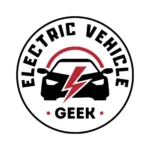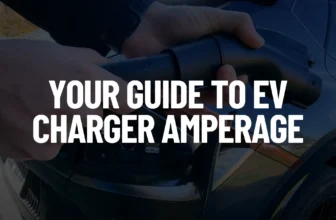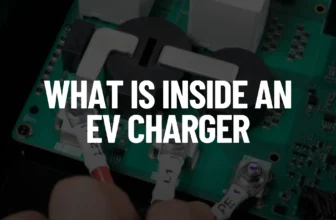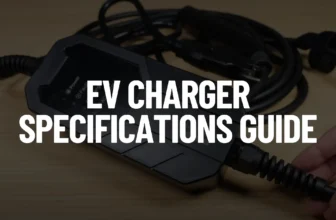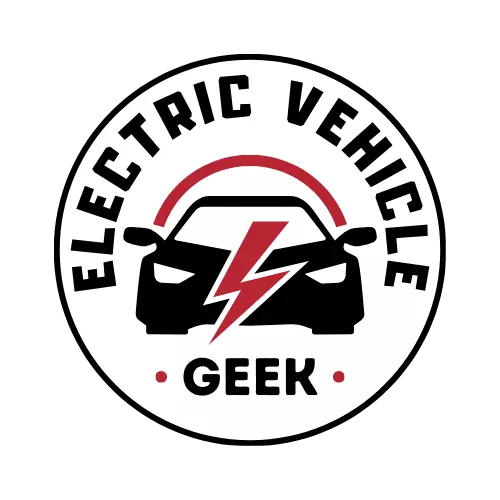Using tandem breakers for EV charging is rising in popularity as people find themselves having capacity challenges in their electric vehicle branch circuits electrical main panel and dedicated EV charger subpanel.
The solution to solving capacity challenges in electric panels is upgrading your electrical panel from a 100 amp electrical panel to a bigger capacity 200 amp electrical panel, you can also install a dedicated EV charger subpanel, and lastly, you can use tandem breakers to meet your increased power demands.
Before rushing to purchase tandem breakers for your electric vehicle charger, it is important to understand how they are installed in an electric vehicle branch circuit, their compatibility, benefits, and why they might be the preferred solutions compared to upgrading electrical panels when installing EV chargers.
This EV charging guide is expertly curated to ensure the use of tandem breakers in electric vehicle branch circuits serves the needs of solving electrical capacity challenges while managing your EV charging load without causing any issues such as overcurrent issues in EV charging.
Table of Contents
What is a Tandem Breaker?
Tandem breakers consolidate two individual breakers into a single unit, enabling them to occupy a standard breaker slot. This dual-purpose design has earned them the nickname “cheater breakers”.
Tandem breakers are a solution for adding circuits to a full electrical panel. They offer a space-saving and potentially cost-effective approach by combining two breakers into a single unit. These breakers come in various designations like “double,” “duplex,” or “slimline,” depending on manufacturer and specific requirements.
Tandem Breakers Functionality
It’s important to understand that tandem breakers have limitations. Each breaker within the tandem unit controls a separate circuit, but they share a single bus bar (the current-carrying conductor within the panel). This means the total amperage load on both circuits cannot exceed the amperage rating of the tandem breaker itself.
Understanding Tandem Breaker Compatibility With Your Electrical Panel
Tandem breakers, while seemingly a convenient solution for adding circuits to a full electrical panel, come with specific requirements and limitations. A crucial aspect to consider before using them, especially for EV chargers, is their compatibility with your specific electrical panel.
Design Compatibility
- Manufacturer Specifications: Not all electrical panels are designed to accommodate tandem breakers. This compatibility information is typically found in the panel’s manual or on the manufacturer’s website.
- Internal Space Constraints: Even if a panel allows tandem breakers, in theory, internal space limitations might come into play. The physical size and layout of the panel might not provide enough clearance for the proper installation of tandem breakers.
Is It Safe To Use Tandem Breakers for EV Charging?
Yes, it’s safe to use tandem breakers for EV charging, however, the installation of tandem breakers in an electrical vehicle charging circuit electrical panels should be installed by a licensed electrician or certified EV charger installer to address safety concerns such as overloading and shared capacity limitations which can affect the load management of the electric vehicle branch circuit.
The best course of action for adding circuits, especially for EV chargers, is to consult a qualified electrician. They can assess your specific electrical panel, and its compatibility with tandem breakers, and recommend the safest and most appropriate solution for your situation. This might involve installing dedicated EV charging circuit breakers, exploring higher capacity electrical panel upgrade options, or even considering alternative charging solutions like NEMA 14-50 outlets depending on your EV charger’s requirements and your electrical system’s capabilities.
Why Do EV Owners Use Tandem Breakers?
Some of the reasons EV owners choose tandem breakers is when they have capacity challenges in their electrical panels, and don’t want to upgrade their electrical panels to a much bigger panel, or they want a more budget-friendly option for upgrading their electrical panel.
For example, an electric vehicle branch circuit integrated with renewable energy EV charging systems such as solar EV charging, EV charging monitoring and management tools such as smart meters, and bidirectional EV charging devices might require additional electrical components such as sensors and consoles installed in the electrical panel, one way of managing space in the electrical panel is aggregating this accessories using tandem breakers, leaving the remaining slots for a dedicated EV charger circuit breaker.
EV Charger Installation: Is Your Panel Up for Tandem Breakers?
Before purchasing tandem breakers for electric vehicle branch circuit electrical panels, it is important to determine whether their panelboards can accommodate tandem breakers, here is how you can access your electrical panel for tandem breakers support:
Check the Model Number of Your Panelboard.
Locate the model number of the panelboard in your electric vehicle branch circuit, usually printed on a label or etched into the metal enclosure. This number often reveals valuable information about the panel’s capacity and compatibility with tandem breakers.
Expert Tip: The first four digits of the model number are important. Look for clues within these digits. For example, a model number like G3040BL1200 might indicate:
- G – Manufacturer code
- 30 – Number of breaker spaces in the panel
- 40 – The panel’s potential circuit capacity (assuming all single breakers)
- BL1200 – Additional model-specific information
The first four digits of the model number can hold valuable clues about tandem breaker compatibility. Look for a higher circuit capacity than the number of breaker spaces. For example, a model number like G3040BL1200 suggests a panel with 30 breaker spaces (30 in the code) but a potential circuit capacity for 40 circuits (40 in the code). This discrepancy indicates the panel might be designed to accommodate tandem breakers, allowing for more circuits than the number of physical slots.
Consult the Panel Diagram
If the model number isn’t readily available, or you need further confirmation, consult the panel diagram. This visual guide, typically located inside the panel door, illustrates the allowable breaker placements.
Look for slots designated for tandem breakers. These slots will usually have a single line drawn inside them, differentiating them from slots meant for single breakers. Some diagrams might even include a key to clarify which slots are compatible with tandem breakers.
Conclusions.
You can use tandem breakers for EV charging, they allow the installation of two circuits in the space of one circuit breaker slot, they can be useful in complex EV charging installations such as renewable EV charging electric vehicle branch circuits where lots of accessories are installed in the electrical panel, you can replace a standard circuit breaker with tandem breakers for such accessories to leave room for a dedicated EV charger circuit breaker.
Before purchasing and installing tandem breakers, we recommend checking tandem breakers’ compatibility with your electrical panel panelboard, some electrical panels don’t allow the use of tandem breakers, and others limit where tandem breakers can be installed, the panelboard number and diagram will have the information you need to check your panelboard compatibility with tandem breakers.

James Ndungu is a certified EV charger installer with over five years of experience in EVSE selection, permitting, and installation. He holds advanced credentials, including certification from the Electric Vehicle Infrastructure Training Program (EVITP) and specialized training in EV charging equipment and installation, as well as diplomas in EV Technology and Engineering Fundamentals of EVs. Since 2021, James has tested dozens of EV chargers and accessories, sharing expert insights into the latest EV charging technologies.
